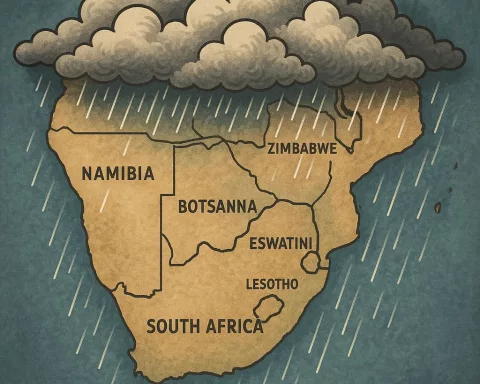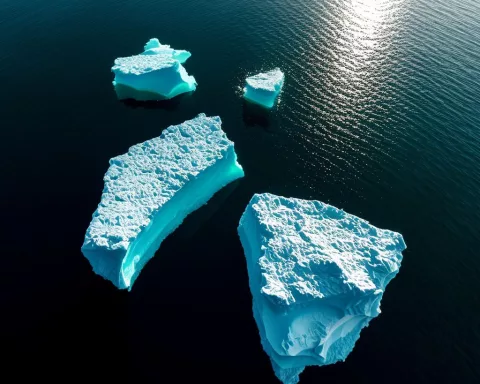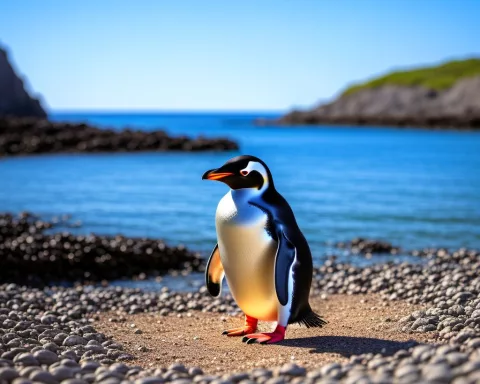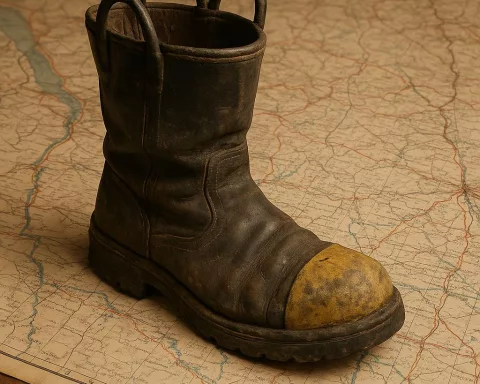Climate change is posing a massive threat to the survival of amphibians, with 40% of the species currently at risk of extinction. The sensitivity of their permeable skin to environmental changes makes them vulnerable, and the inability to adapt to unpredictable conditions makes them more prone to disease and survival difficulties. Immediate and proactive conservation efforts, along with habitat preservation strategies, are required to protect these essential members of our ecosystem and promote the health of our planet.
In the amazing world of amphibians, which possess the unique ability to exist both in water and on land, a new and formidable challenge has emerged: climate change. As the environment undergoes drastic changes, these fascinating creatures are becoming more and more vulnerable to extinction. With an alarming 40% of amphibians currently at risk, it is crucial to comprehend the reasons behind their decline and investigate ways to protect these essential members of our ecosystem.
The Fragility of Amphibians
Ranging from frogs and toads to salamanders and caecilians, amphibians are known for their extreme sensitivity to environmental alterations. Their permeable skin, a vital adaptation enabling respiration and hydration, also makes them susceptible to changes in temperature, moisture, and habitat quality. This sensitivity positions them as excellent indicators of environmental health, but it also exposes them to the growing dangers of climate change.
The Rising Threat of Climate Change
An extensive study involving over 100 international experts, such as Professor John Measey from Stellenbosch University’s Centre for Invasion Biology, has provided insight into how climate change endangers the world’s amphibians. Measey’s research specifically examines the challenges faced by southern African amphibians.
The study, named “Ongoing declines for the world’s amphibians in the face of emerging threats,” acknowledges that habitat destruction, disease, and over-exploitation have long been identified as significant dangers to amphibians. However, the research shows that climate change is now a primary cause of their decline, impacting an astonishing 39% of species.
Struggles to Adapt and Disease Hotspots
A major problem confronting amphibians is their struggle to adapt to the rapidly changing climate. As conditions become more unpredictable and extreme, amphibians find it increasingly challenging to flourish in their habitats. This inability to adapt makes them more prone to disease, predation, and other survival difficulties.
Measey’s research also reveals disease hotspots in central and eastern African amphibians, which present an additional challenge to their conservation in the region. While habitat loss remains a significant issue, disease is emerging as a vital factor in amphibian decline.
The Importance of Timely Conservation Actions
The precarious state of amphibians demands immediate and proactive conservation measures, along with habitat preservation strategies. These creatures play indispensable roles in ecosystems, contributing to medicine, pest control, and environmental monitoring. Their existence not only supports biodiversity but also aids in combating climate change by preserving carbon-storing ecosystems.
To tackle this crisis, international conservation efforts and policies must prioritize the protection of amphibians and their habitats. By doing so, we can strive to defend these extraordinary creatures and, in turn, promote the health of our planet.
The Influence of Art and Historical Movements
Throughout history, the natural world has inspired artistic and cultural movements, with amphibians frequently being the focus. Animals such as frogs and salamanders have captured the human imagination, appearing in folklore, literature, and visual arts. By exploring the complex relationship between humans and amphibians, we can better comprehend the cultural importance of these animals and the critical necessity to protect them.
The Struggle for Existence
As climate change continues to endanger our planet and its inhabitants, the battle for survival faced by amphibians serves as a powerful reminder of the interconnectedness of all living things. The fight to conserve these species demands a multifaceted approach, integrating scientific research, policy enforcement, and public awareness campaigns.
Armed with the knowledge gained from groundbreaking studies like the one led by Professor Measey, we can sound the alarm on the plight of amphibians and, ultimately, help to ensure their future on our rapidly changing planet.
What makes amphibians vulnerable to climate change?
Amphibians are particularly susceptible to environmental changes due to their permeable skin, which makes them vulnerable to fluctuations in temperature, moisture, and habitat quality.
How does climate change threaten amphibian survival?
Climate change is a primary cause of amphibian decline, impacting 39% of species. It makes it harder for them to adapt to unpredictable conditions, and they become more prone to disease, predation, and other survival difficulties.
What are disease hotspots for amphibians?
Central and eastern African amphibians are facing disease hotspots that present additional conservation challenges in the region.
Why is it vital to protect amphibians?
Amphibians play essential roles in ecosystems, contributing to medicine, pest control, and environmental monitoring. Their existence supports biodiversity and aids in combating climate change by preserving carbon-storing ecosystems.
What should be done to protect amphibians?
Immediate and proactive conservation efforts, along with habitat preservation strategies, are needed to protect amphibians and promote the health of our planet. International conservation policies must prioritize amphibian protection.
What is the cultural importance of amphibians?
Throughout history, amphibians have inspired artistic and cultural movements, appearing in folklore, literature, and visual arts. Exploring the relationship between humans and amphibians can help us understand their cultural significance and the need to protect them.
How can we ensure the future of amphibians?
A multifaceted approach, integrating scientific research, policy enforcement, and public awareness campaigns, is needed to conserve amphibians. Groundbreaking studies can help raise awareness of the plight of amphibians and ensure their future on our rapidly changing planet.
What is the state of amphibian survival currently?
40% of amphibian species are currently at risk of extinction due to climate change and other factors such as habitat destruction, disease, and over-exploitation. Immediate conservation efforts are necessary to protect these essential members of our ecosystem.












